Our presentation at OHBM 2022 in Glasgow
We are headed to OHBM 2022 and are excited to be sharing our work with you in-person again.
Phil Johnston will be presenting his work titled “Spectral slowing in chronic stroke comprises both periodic and aperiodic components.” You’ll find him at his poster (# MT123) on June 20th at 12:15-1:15pm and June 21st at 1-2pm.
Stroke patients are known to exhibit a shift in the electrophysiological power spectrum towards lower frequencies ("spectral slowing"), particularly in the vicinity of the lesion. This is typically interpreted as a change in the relative power of lower frequency (delta/theta) vs higher frequency (beta/gamma) neural oscillations. However, this shift could also reflect a change in the aperiodic (non-oscillatory) component, which manifests as a steepening (rotation) of the power spectrum. To disentangle these two possibilities, we applied a combination of frequency domain (specparam) and time domain (lagged coherence) measures to resting state MEG recordings from 23 chronic (left-hemispheric) stroke patients.
We found that, first, spectral slowing in stroke reflects abnormalities in both periodic and aperiodic components compared to age- and education-matched controls. More specifically, and contrary to typical interpretation, the increased power in delta/theta bands is due to 1) an increase in the aperiodic exponent and 2) alpha slowing, not increased power of delta/theta oscillations. Furthermore, the unlesioned hemisphere exhibits abnormalities similar to the lesioned hemisphere, but less pronounced, corroborating previous reports that distant, unlesioned tissue is also disrupted (‘diaschisis’).
This deeper characterization of brain dynamics re-interprets a key finding from decades of M/EEG research in stroke, and represents an important step towards understanding and normalizing the mechanisms of neuronal dysfunction to reduce the burden of this disease.

